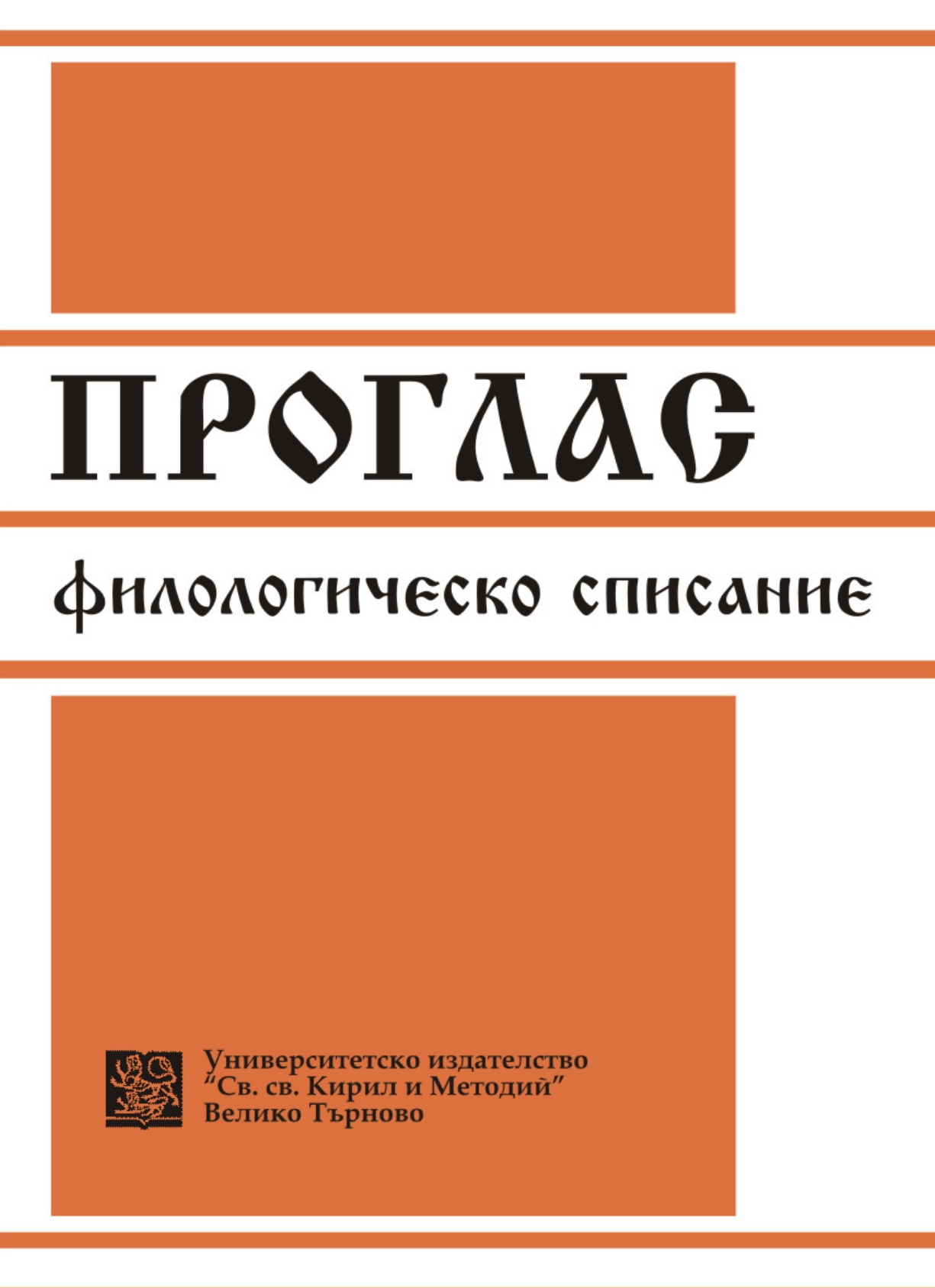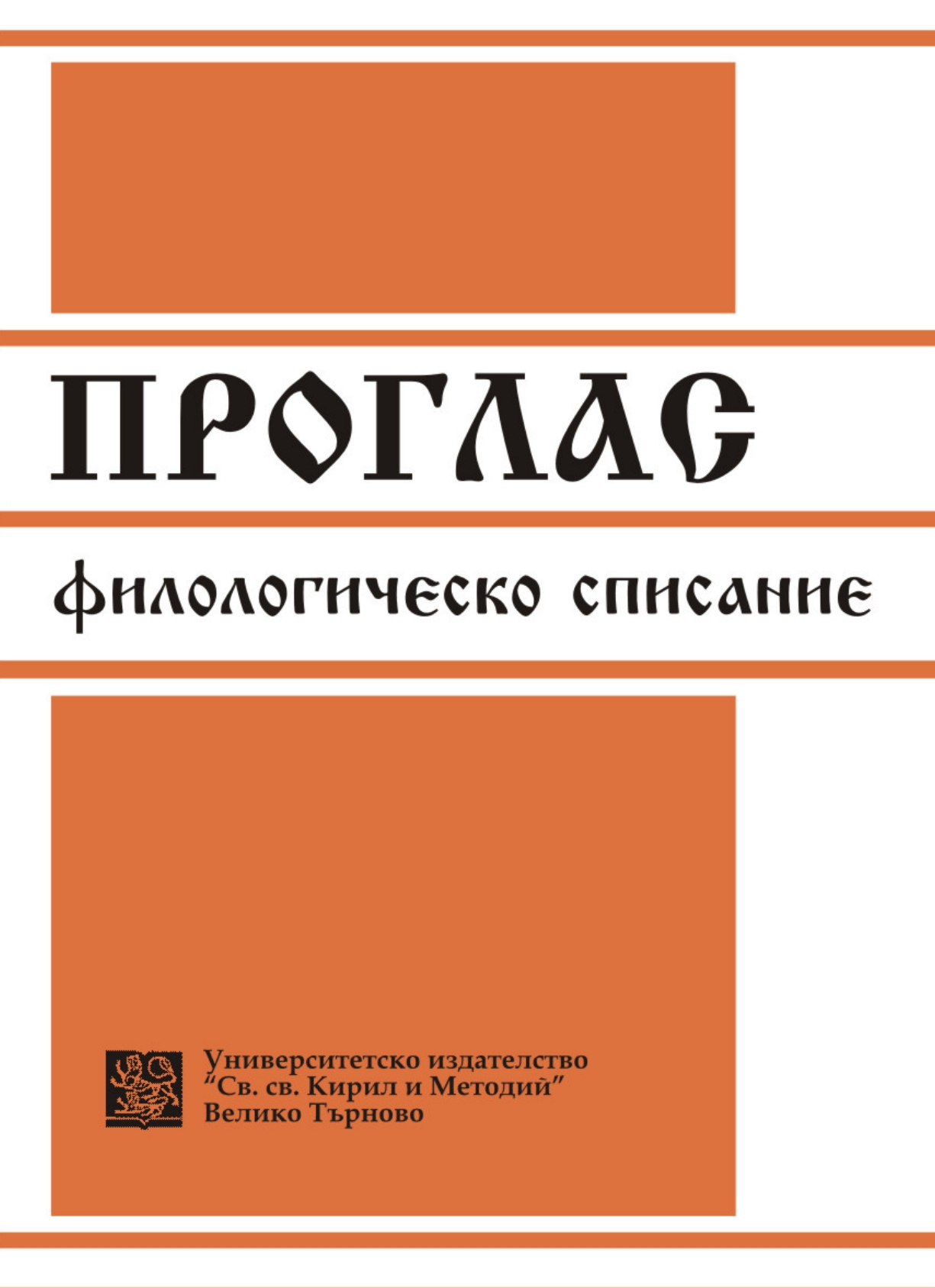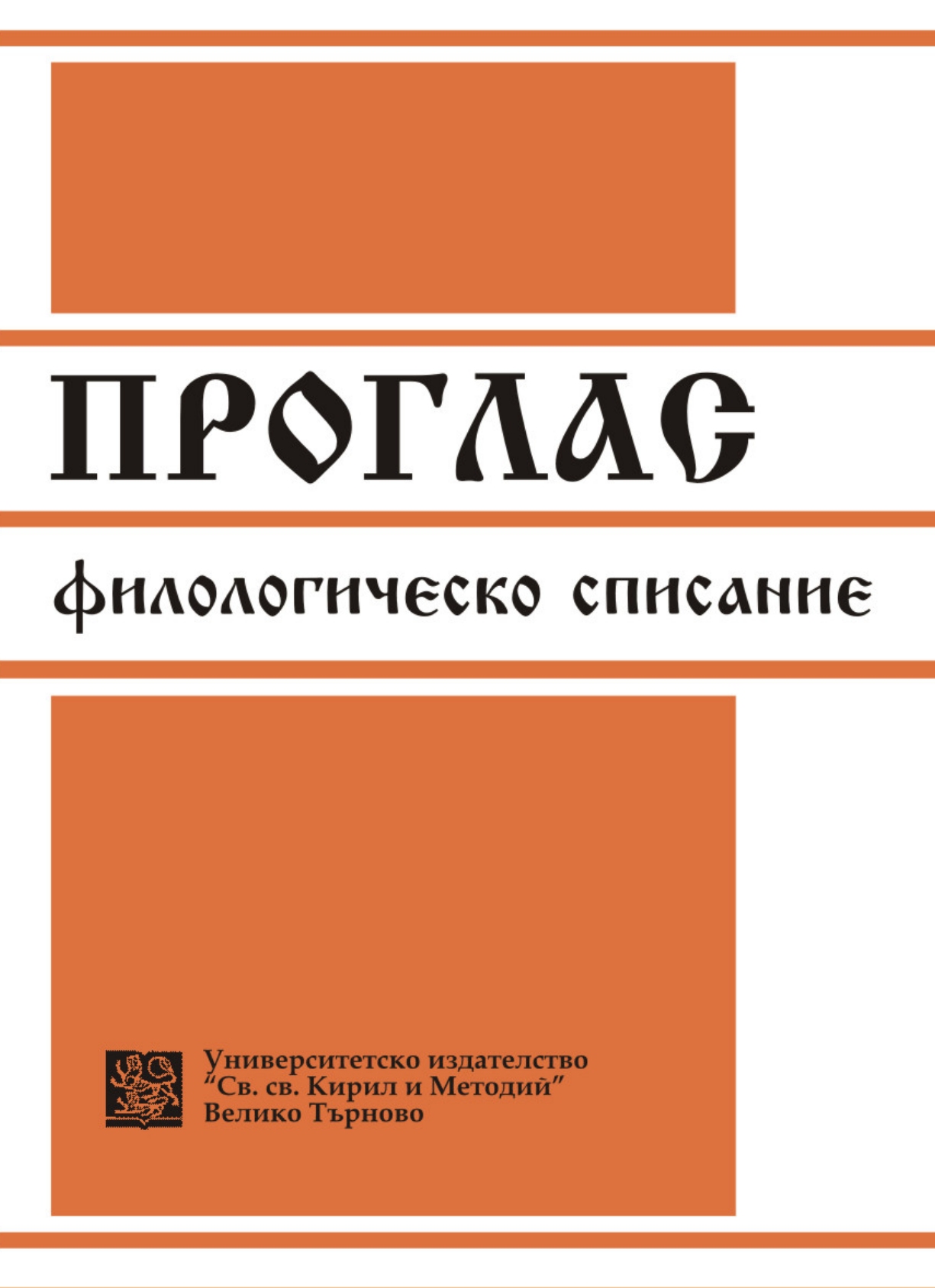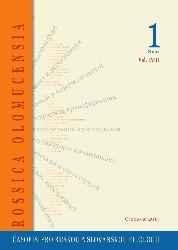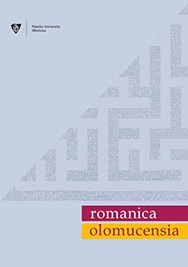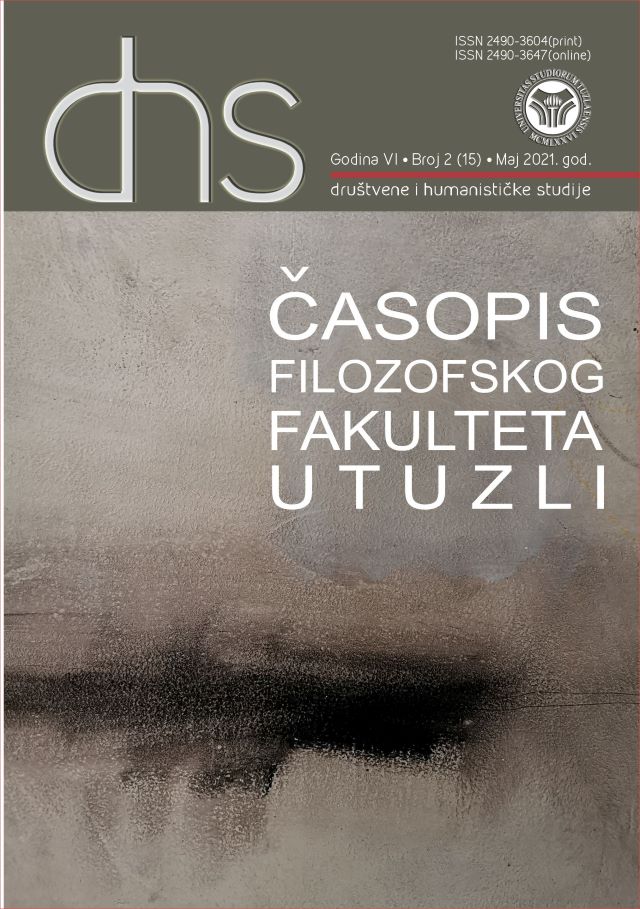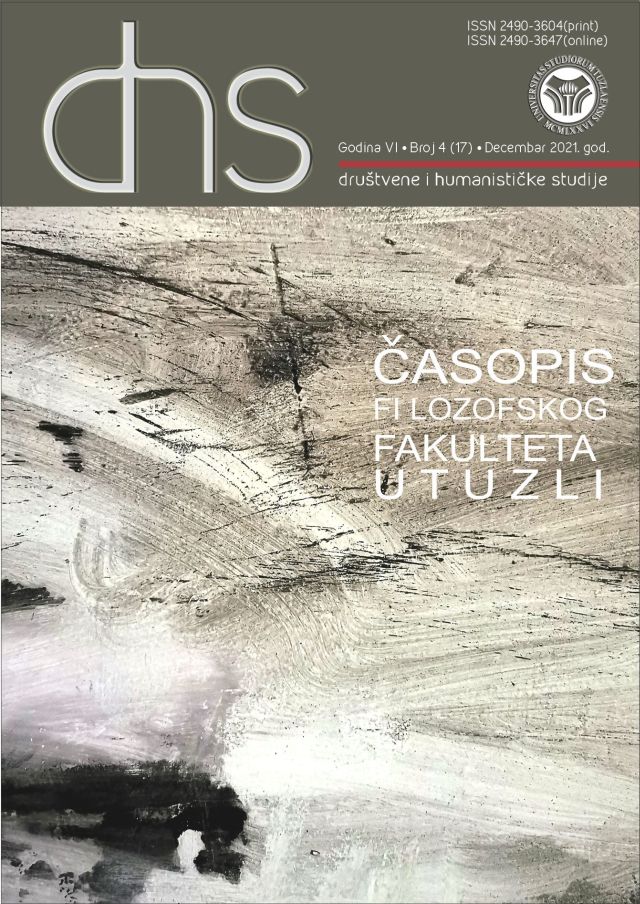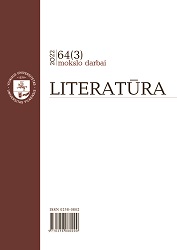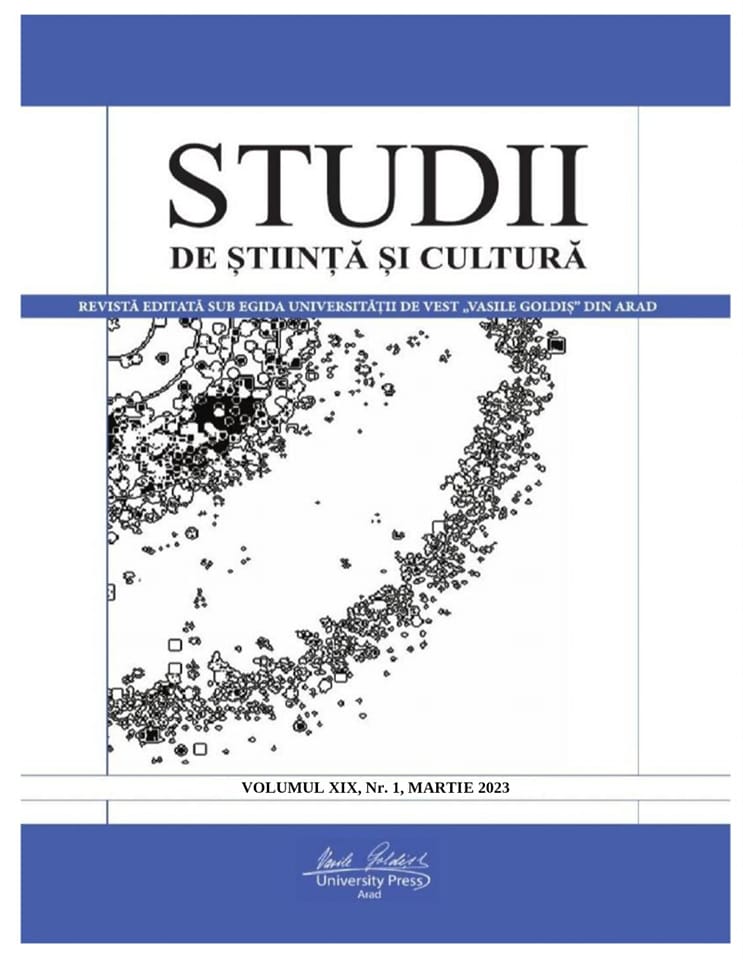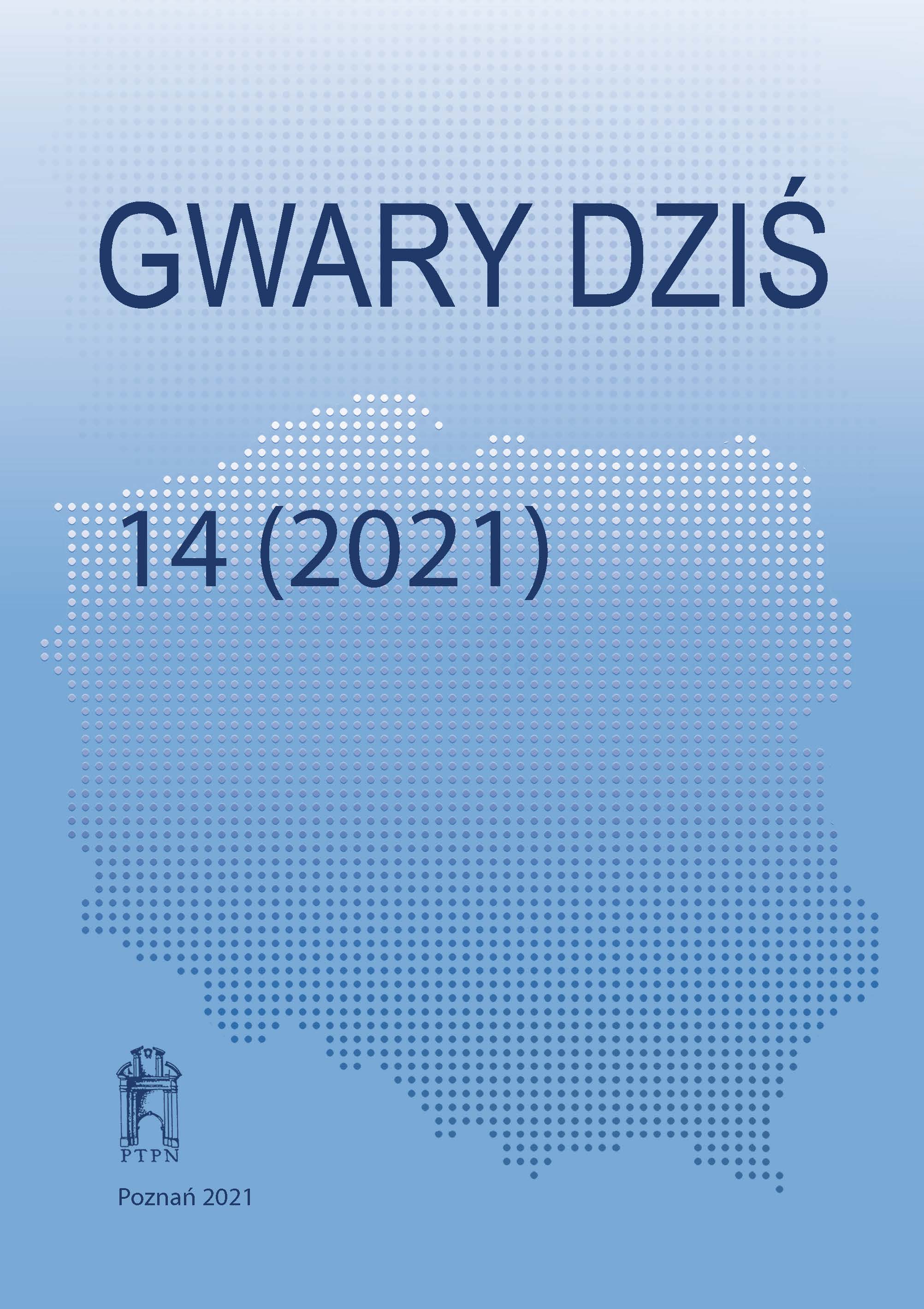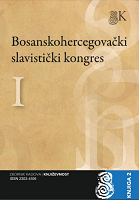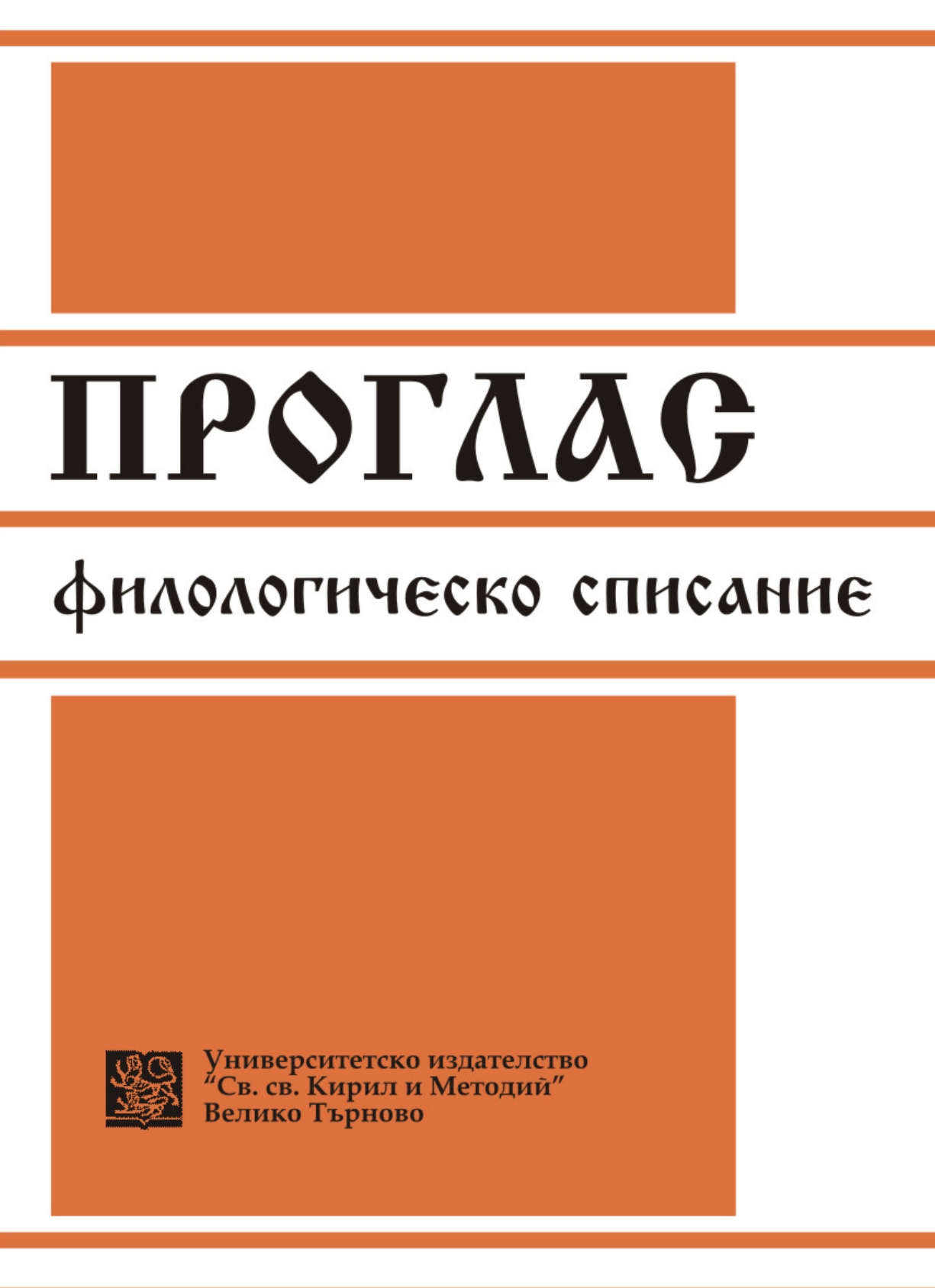
Изследванията на българския език върху Партений Павлович и неговата "Автобиография". Първа част
The aim of the current article is to present the contributions of the Bulgarian researchers to the acknowledgment of the Partenii Pavlovich’s “Autobiography”. The review of the scientific research starts with the work of J. Ivanov. He is the first to discover the meaning of Partenii’s personality in terms of the spiritual and historical development of the southern Slavonic people. The author comments the contribution of P. Dinekov for including Partenii in the list of the Bulgarian writes of the 19th century. Studies of many other researchers are also reviewed, including the study of P. Boyadzhiev. This author created the only existing holistic research of the life and deeds of P. Pavlovich. Also, his work gives the direction of the future interpretations of the Partenii’s character – a person, who suffers and at the same time is a man of action.
More...
